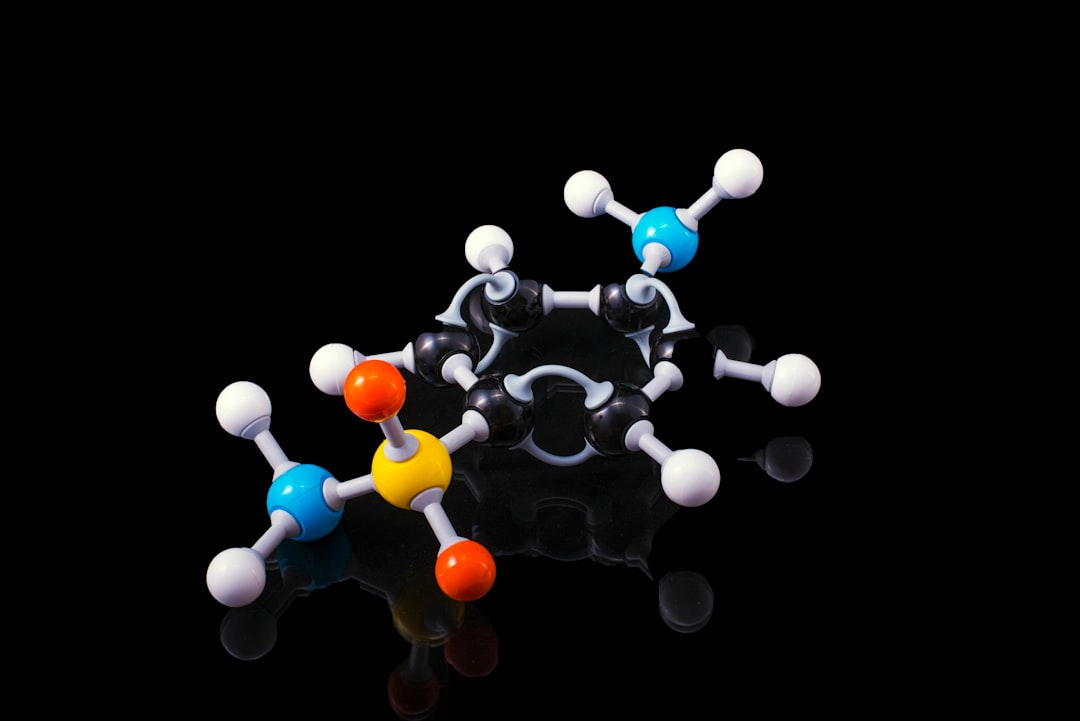What is it about?
Properties of dispersed phase of fruit juices are useful in respect of determining authenticity. Double electrical layers of dispersed particles are being changed during dilution. Such changes depended on consentration of dispersed phase in juice. Therefore, measuring the electrical conductivity of dispersed phase before and after dilution it is possible to determine persentages of natural juice in commercial sample. In this article, the difference between electrical conductivity of dispersed phase of undiluted juice and electrical conductivity of dispersed phase of diluted (1:1) juice was substantiated as new criterion of authenticity. This criterion ranges from 0.030 to 0.034 Sm/m for apple juices. To determine the electrical conductivity of dispersed phase, the electrical conductivity of juice, as well as electrical conductivity of water solution (with sthe same content of sugars and organic acids) must be measured.
Featured Image
Why is it important?
Dispersed phase (suspended solids) is the basic part of juice. Changes in its content is an evidence of the adulteration
Perspectives
About 65 methods are nedeed to prove authenticity of juice. All these methods are based on properties of soluble solids. Suspended solids (dispersed phase) are difficult to adulterate. Therefore, approaches based on the content and properties of dispersed phase can be very useful in respect of fruit juice authenticity determination.
Toluene and benzyl alcohol formation in fruit juies containing benzoate Oksana V Bocharova
Odessa national academy of food technology
Read the Original
This page is a summary of: Determination of apple juice authenticity using gas chromatography-mass spectrometry, volt-ampere and new conductometric methods, Journal of the Science of Food and Agriculture, April 2018, Wiley,
DOI: 10.1002/jsfa.9003.
You can read the full text:
Contributors
The following have contributed to this page










